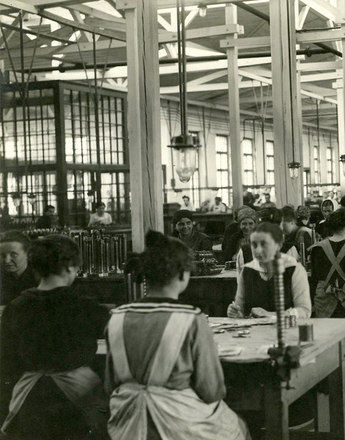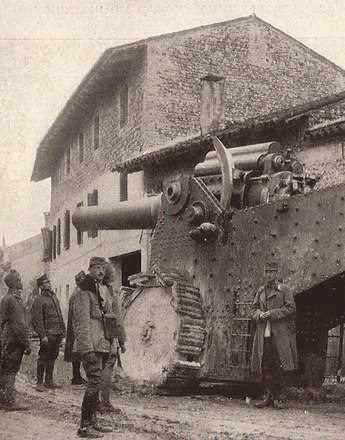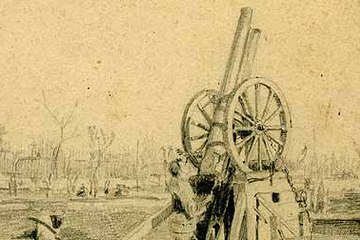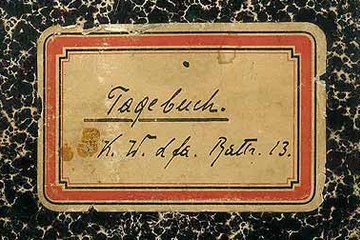The Situation of the Austro-Hungarian Aviation Corps in the Years 1914-15
As a result of technical and budget problems the aviation corps had an urgent need for new aircraft when the war began. The aging Pfeilflieger and Etrich Taube had to be replaced by more modern aircraft, with aircraft technology developing at a rapid pace.
At the beginning of the First World War the Austro-Hungarian aviation corps was inadequately prepared for active service. In spring 1914 the most important aircraft type, the Lohner Pfeilflieger, had been grounded after incidents where the wings had broken. Tests conducted by a team headed by Professor Richard Knoller of the Technical University in Vienna had shown that the wings did not have the necessary load-bearing capacity and needed to be strengthened. This led to delays in procuring further aircraft and at the beginning of the war the aviation corps fell far short of the fifteen fully equipped companies of airmen (known as Flik) that had been planned. In August 1914 there were just nine such companies ready for active service.
However, Austria-Hungary’s first opponents in the war, Serbia and Russia, likewise did not have modern air forces at their disposal. The situation changed in 1915, when Russia acquired French aeoplanes and increased its own production, while Italy also entered the war against Austria-Hungary. As a result of rapid technical progress and the way in which the Entente powers were strengthening their air forces, from 1915 the Austro-Hungarian aviation corps suffered from being inadequately equipped in terms of both quantity and technical quality. Those responsible for making decisions had to push ahead with quick and effective development. For 1917 their plans provided for seventy-one companies of airmen, including those specializing in reconnaissance and/or fighter aircraft as well as three squadrons of bombers.
When decisions on procurement were made by the War Ministry and the Aviation Corps top priority had to given to supplying competitive material quickly. In addition industrial policy aimed at overcoming Castiglioni’s monopoly was taken into consideration, and personal aversions to the entrepreneur, who came from a Jewish-Italian family, evidently played a role too. Just how charged with negative emotions relations between the military and Castiglioni were is shown by the fact that in 1914 Uzelac’s adjutant, Captain Weingärtner, fought a sabre duel with Castiglioni. In 1917 Uzelac made a submission to the War Ministry to have Castaglioni enlisted in the Palastine Corps.
Translation: Leigh Bailey
Desoye, Reinhard: Die k. u. k. Luftfahrtruppe. Die Entstehung, der Aufbau und die Organisation der österreichisch-ungarischen Heeresluftwaffe 1912–1918, 2 Bände, Wien 1999
Grosz, Peter M./Haddow, George/Schiemer, Peter: Austro-Hungarian Army Aircraft of World War One, Boulder 2002
-
Chapters
- Powered Flight as a New Technology
- The Invention of Aerial Warfare and How War Propaganda Hyped up the Flying Aces as a Form of Motivation
- The Origins of the Imperial and Royal Austro-Hungarian Aviation Corps
- The Beginnings of Aircraft Manufacture in Austria
- The Situation of the Austro-Hungarian Aviation Corps in the Years 1914-15
- The Procurement Campaign of 1915-16 and the ‘Knoller Programme’
- The Most Important Aircraft Types of the Austro-Hungarian Aviation Corps and Their Wartime Service






